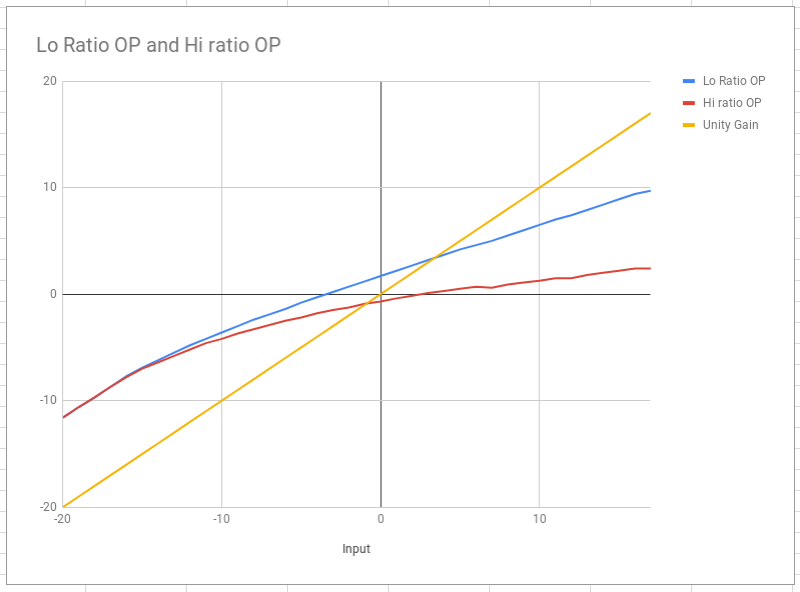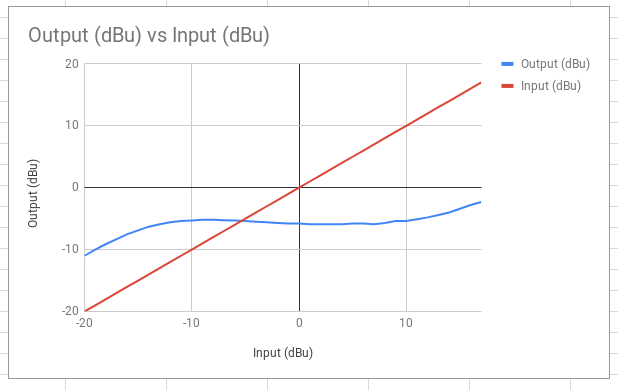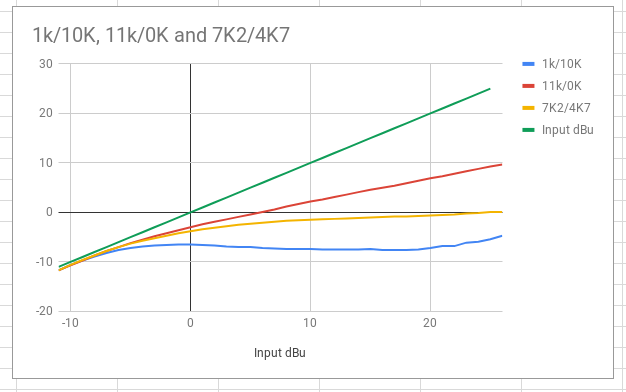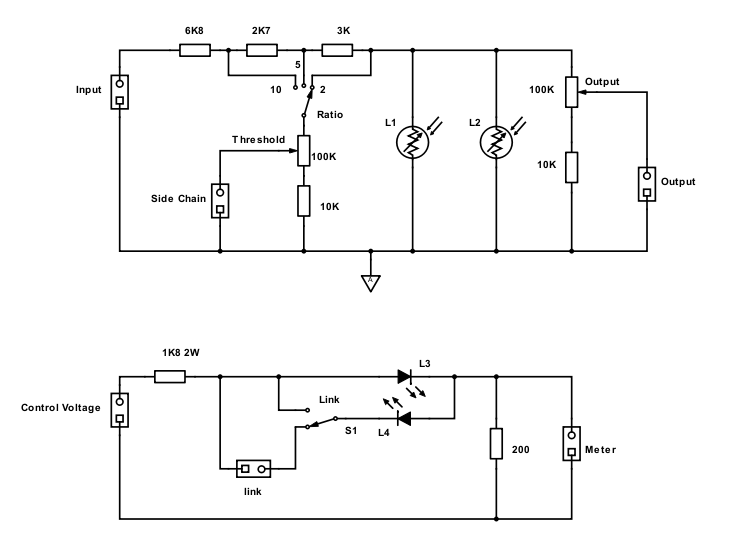rmaier
Well-known member
Hi Ian,
I've been working on my build a bit more over the past little while. I've added another output on my external PSU that I built for my Classic preamps (have I said they're my most prized piece of gear ?) to accommodate the compressor. I've also done some of the internal wiring and revisited my breadboard layout to see if it will work with the latest revisions. Additionally, I've ordered a pair of inexpensive LED meter kits, in case the VU meters I already have are unsuitable.
?) to accommodate the compressor. I've also done some of the internal wiring and revisited my breadboard layout to see if it will work with the latest revisions. Additionally, I've ordered a pair of inexpensive LED meter kits, in case the VU meters I already have are unsuitable.
I noticed that your most recent schematic omits the 10K VU meter series trimmer... I'm assuming it's still an option?
Also, I'm at the point in my build where I'm ready to order a few parts for the stepped pots. Do you have any news on the law for the ratio pot?
Thanks!
Ralph
I've been working on my build a bit more over the past little while. I've added another output on my external PSU that I built for my Classic preamps (have I said they're my most prized piece of gear
I noticed that your most recent schematic omits the 10K VU meter series trimmer... I'm assuming it's still an option?
Also, I'm at the point in my build where I'm ready to order a few parts for the stepped pots. Do you have any news on the law for the ratio pot?
Thanks!
Ralph














![Soldering Iron Kit, 120W LED Digital Advanced Solder Iron Soldering Gun kit, 110V Welding Tools, Smart Temperature Control [356℉-932℉], Extra 5pcs Tips, Auto Sleep, Temp Calibration, Orange](https://m.media-amazon.com/images/I/51sFKu9SdeL._SL500_.jpg)





















